It’s easy to think of superheroes as fictional characters with powers beyond our understanding. But did you know that some animals have abilities that are just as mind-blowing as those of any superhero? From regenerating limbs to navigating without eyes, the animal kingdom is full of fascinating creatures that possess incredible “superpowers.” You might be surprised to learn just how extraordinary these animals can be. Let’s dive into the wild world of animal superpowers and explore what makes these 15 creatures truly remarkable.
1. Axolotl Regeneration
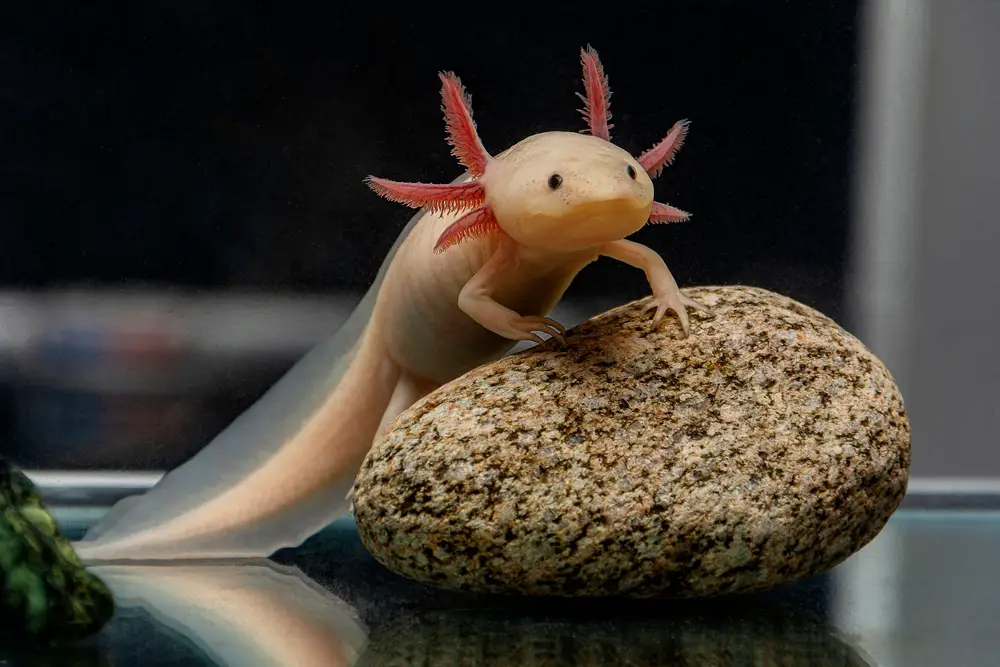
Imagine losing a limb and having it grow back perfectly. That’s exactly what the axolotl, a type of salamander, can do. This aquatic creature has the remarkable ability to regenerate not just limbs, but also parts of its spinal cord, heart, and other vital organs. Scientists like Dr. Elly Tanaka from the Research Institute of Molecular Pathology in Vienna are studying axolotls to gain insights into human tissue regeneration. Their research could one day lead to breakthroughs in regenerative medicine.
The axolotl’s regeneration process is both fast and efficient, taking just a few weeks to restore a lost limb. It does this by activating a unique group of cells called blastema, which are crucial for regrowth. The axolotl’s regenerative abilities also mean it rarely gets cancer, as its cells are highly efficient at repairing themselves. This makes the axolotl not only an intriguing subject for scientific study but also an inspiration for medical advancements. As research continues, scientists hope to unlock the secret of its regenerative powers.
2. Electric Eel Voltage

The electric eel is like the living embodiment of electricity, able to generate powerful electric shocks. Despite its name, it’s actually a type of knifefish, not a true eel. It can produce electricity through specialized cells called electrocytes, which line up to create a circuit. This shock can reach up to 600 volts, enough to stun prey or deter predators. What’s more impressive is that it can control the intensity of its electric discharges, using low-level shocks to navigate and high-level ones for defense.
These shocks are not just for hunting and self-defense. The electric eel uses them to communicate with other eels, conveying information about territory or readiness to mate. Its electric abilities also help it navigate the murky waters of the Amazon Basin, where it resides. Despite its fearsome power, the electric eel is a solitary creature, often keeping to itself. Understanding how electric eels generate and control electricity could have implications for developing better batteries and electrical systems.
3. Mantis Shrimp Punch
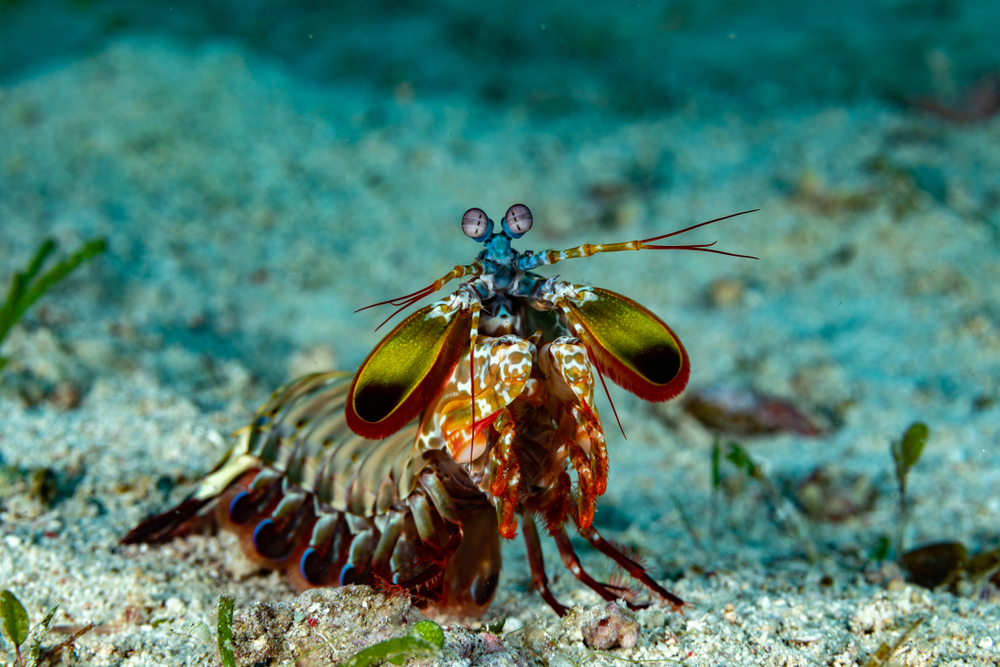
The mantis shrimp is famous for its incredible punching power, earning it the nickname “thumb-splitter.” This small marine crustacean can punch at speeds comparable to a bullet from a gun. Dr. Sheila Patek, a biologist at Duke University, has studied the mantis shrimp’s punch and found that it reaches accelerations of 10,000 g-force. This means it can break through the shells of prey and even shatter aquarium glass. Such power comes from a system of springs and latches in the mantis shrimp’s limbs that store and release energy rapidly.
What’s fascinating about the mantis shrimp is not just its strength but also its intelligence. It has highly complex eyes, capable of detecting polarized light and seeing in 12 color channels, far more than humans. This visual prowess allows it to spot prey and predators more effectively. The mantis shrimp’s abilities make it both a formidable hunter and a fascinating subject for researchers studying biomechanics. Its punch, combined with its advanced vision, showcases nature’s ingenuity in creating specialized hunters.
4. Tardigrade Resilience

Tardigrades, also known as water bears, are microscopic creatures with an uncanny ability to survive extreme environments. They can endure temperatures from near absolute zero to well above boiling, and survive radiation levels lethal to most other forms of life. Tardigrades can also dehydrate themselves to survive without water for decades, only to rehydrate and continue as if nothing happened. They’ve even been sent to space and returned unharmed, proving their resilience in the harsh vacuum.
This resilience is due in part to a unique protein called Dsup, which protects their DNA from damage. When conditions become unfavorable, tardigrades curl up into a dehydrated ball, entering a cryptobiotic state where their metabolic processes nearly stop. This state allows them to outlast harsh conditions until the environment becomes hospitable again. Tardigrades are a subject of great interest to scientists studying life’s limits and the potential for life on other planets. Their ability to survive extreme conditions inspires new avenues of research in astrobiology and biochemistry.
5. Gecko Adhesion
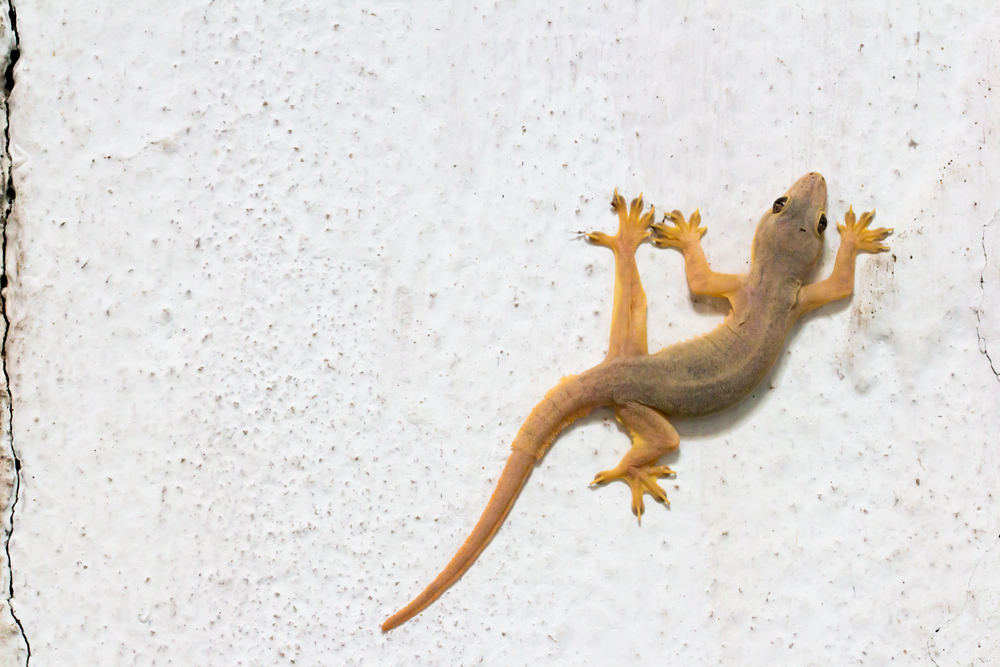
Geckos are known for their incredible climbing abilities, thanks to the specialized structure of their feet. Their toes are covered in tiny, hair-like structures called setae, which allow them to stick to surfaces through molecular forces. Research led by Dr. Kellar Autumn at Lewis & Clark College has shown that these forces, known as van der Waals forces, give geckos their sticky power. This discovery has inspired the development of new adhesives and climbing robots that mimic gecko adhesion.
Geckos can effortlessly climb smooth surfaces like glass and even hang upside down. They adjust the angle of their setae to increase or decrease adhesion, allowing them to move quickly and easily across various terrains. This adaptability makes them highly efficient hunters, able to chase insects across walls and ceilings. Their feet also remain clean and functional because they self-clean as the gecko walks. These remarkable abilities make geckos a fascinating example of evolution’s engineering at its finest.
6. Platypus Electroreception
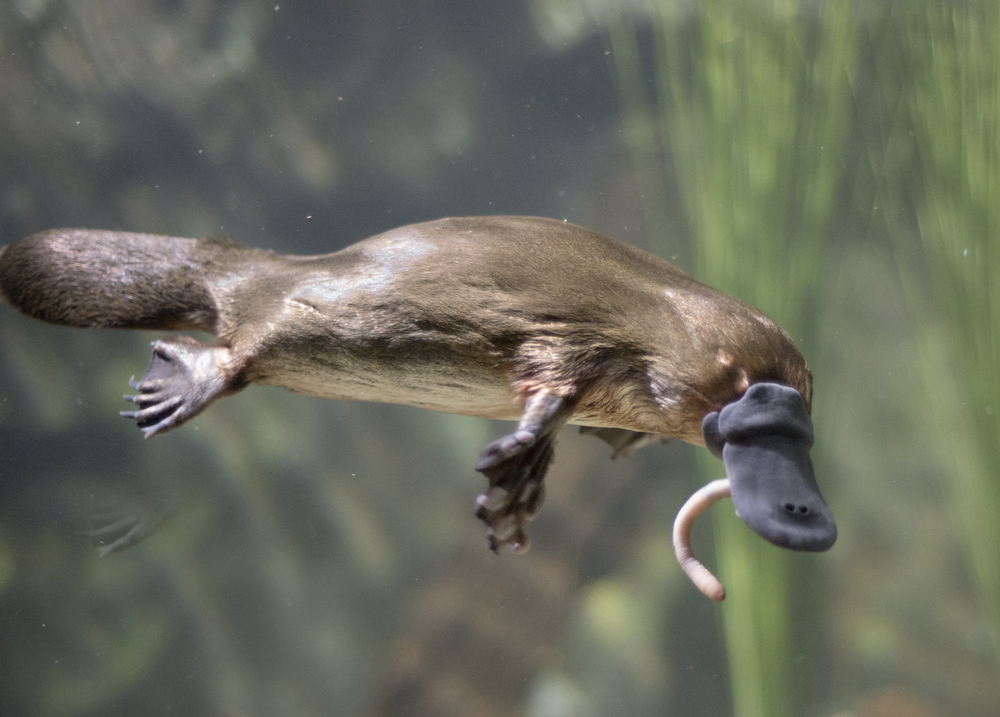
The platypus is already a strange creature with its duck-bill and beaver-tail, but that’s just the start of its unique features. One of its most remarkable abilities is electroreception, which it uses to hunt underwater. Platypuses have special electroreceptors in their bills that detect the faint electric fields generated by the movements of their prey. This ability lets them find food even in murky waters where visibility is low. It’s a crucial adaptation that helps them locate shrimp, insects, and other small creatures hidden in the mud.
This form of hunting is incredibly efficient, allowing the platypus to catch prey quickly and with precision. While submerged, the platypus closes its eyes, ears, and nostrils, relying solely on its bill’s sensory input. Electroreception provides an edge over other animals that rely on sight or smell. The platypus’s unique hunting method showcases the diversity of evolutionary adaptations animals can develop. Studying electroreception in platypuses could offer insights into the evolution of sensory processes in mammals.
7. Octopus Camouflage
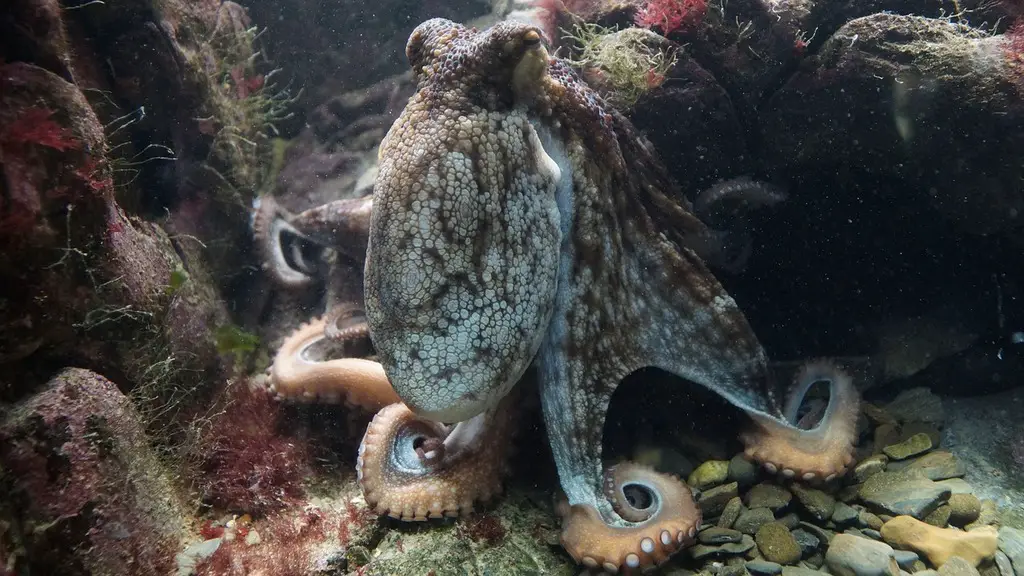
Octopuses are masters of disguise, thanks to their incredible ability to change color and texture. They achieve this through specialized cells called chromatophores, iridophores, and leucophores that expand and contract to alter their appearance. Dr. Roger Hanlon from the Marine Biological Laboratory has extensively studied how octopuses use camouflage to evade predators and hunt prey. His research highlights the octopus’s ability to mimic the colors and patterns of its surroundings with astonishing accuracy. This adaptability makes them one of the ocean’s most elusive creatures.
What’s even more impressive is the speed at which octopuses can change their appearance. They can shift colors in a fraction of a second, allowing them to blend into different environments as they move. This rapid transformation is not only useful for hiding but also for communication and intimidating potential threats. Octopuses also have the ability to change their skin texture, adding another layer of deception. Their sophisticated camouflage skills demonstrate both their intelligence and the complexity of their nervous systems.
8. Bombardier Beetle Chemical Defense
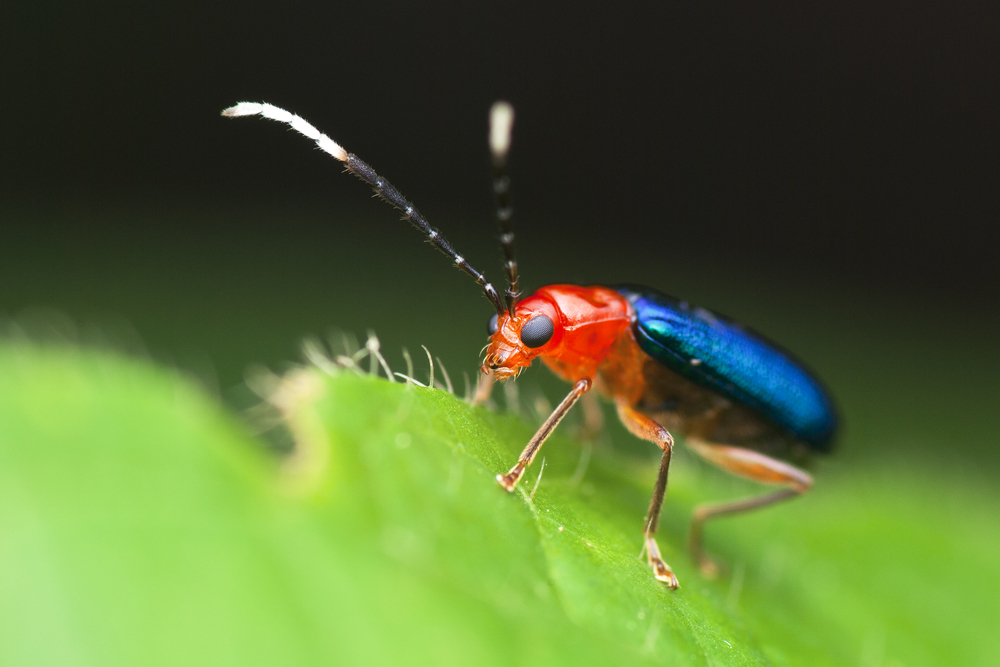
The bombardier beetle has a defense mechanism that’s as explosive as it sounds. When threatened, it sprays a hot chemical mixture from its abdomen with pinpoint accuracy. This mixture is produced by combining two chemicals, hydroquinone and hydrogen peroxide, stored in separate chambers in its body. When mixed, they undergo a violent reaction, creating a boiling, noxious spray. This is enough to deter most predators and even injure larger animals.
The beetle’s spray is not only hot but also highly irritating, causing pain and confusion in any would-be attacker. This remarkable ability is an excellent example of chemical warfare in the animal kingdom. The complex internal structure that allows the bombardier beetle to store and mix these chemicals safely and effectively is a subject of scientific interest. Researchers are exploring how this mechanism might inspire new technologies, such as safer chemical storage and release systems. The bombardier beetle’s defense highlights the diverse strategies animals use to survive.
9. Salmon Navigation
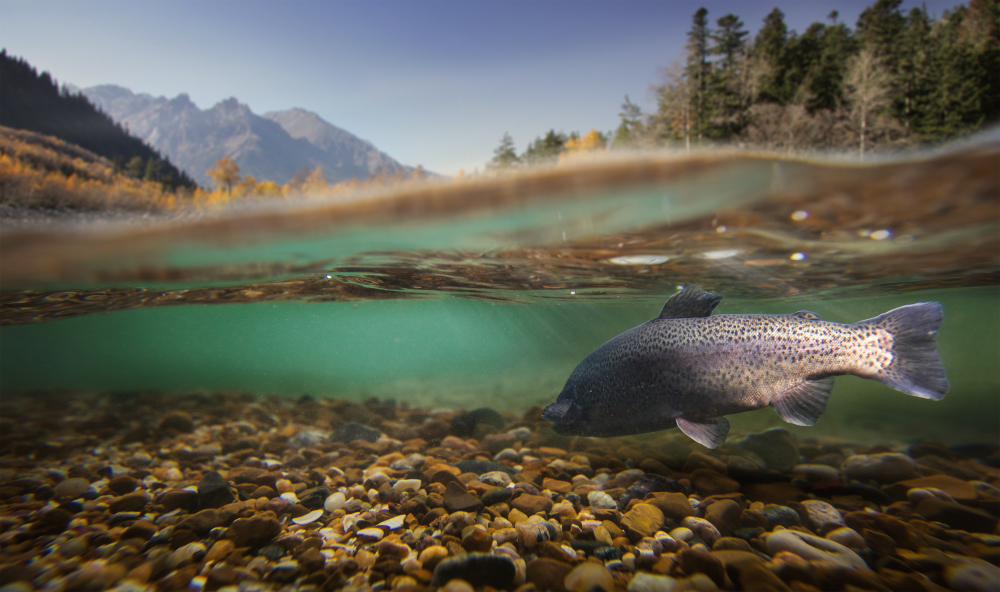
Salmon are famous for their epic migrations, traveling thousands of miles from the ocean back to their freshwater birthplaces to spawn. Their ability to navigate such long distances with precision is a biological marvel. They primarily use olfactory cues, essentially “smelling” their way home by recognizing the unique chemical composition of their natal streams. It’s a robust system that allows salmon to find their way back even after years in the ocean. This sense of smell is so acute that salmon can detect a drop of the stream’s scent in millions of gallons of water.
Their navigation isn’t solely reliant on smell, though. Salmon are also thought to use the Earth’s magnetic field as a guide during their oceanic journeys. This magnetic sense helps them orient themselves over vast distances, ensuring they stay on course. Their journey is fraught with challenges, from predators to environmental changes, yet their navigational skills ensure their survival and reproduction. The salmon’s migration is a testament to the power of instinct and adaptation in the natural world.
10. Honeybee Communication
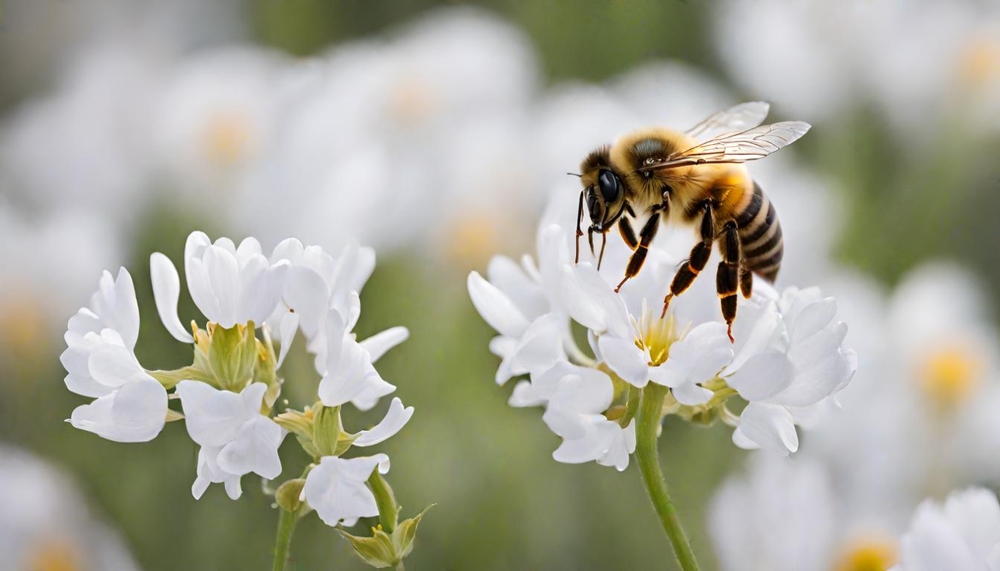
Honeybees have a sophisticated method of communication known as the “waggle dance,” which they use to convey information about food sources. When a bee finds a good patch of flowers, it returns to the hive and performs a dance that encodes the direction and distance to the flowers relative to the sun. This dance involves wiggling its body and moving in a figure-eight pattern. Other bees watch and interpret the dance to find the same food source. It’s a highly efficient way to ensure the hive’s survival and success.
The waggle dance is an incredible example of non-verbal communication in the animal kingdom. Honeybees also use pheromones, chemical signals that convey messages about the hive’s health, queen status, and more. Together, these communication methods allow bees to coordinate complex tasks and make collective decisions. Understanding honeybee communication can provide insights into social behavior and decision-making processes in other species, including humans. The intricate dance of the honeybee showcases the intelligence and adaptability of these vital pollinators.
11. Star-Nosed Mole Sensitivity
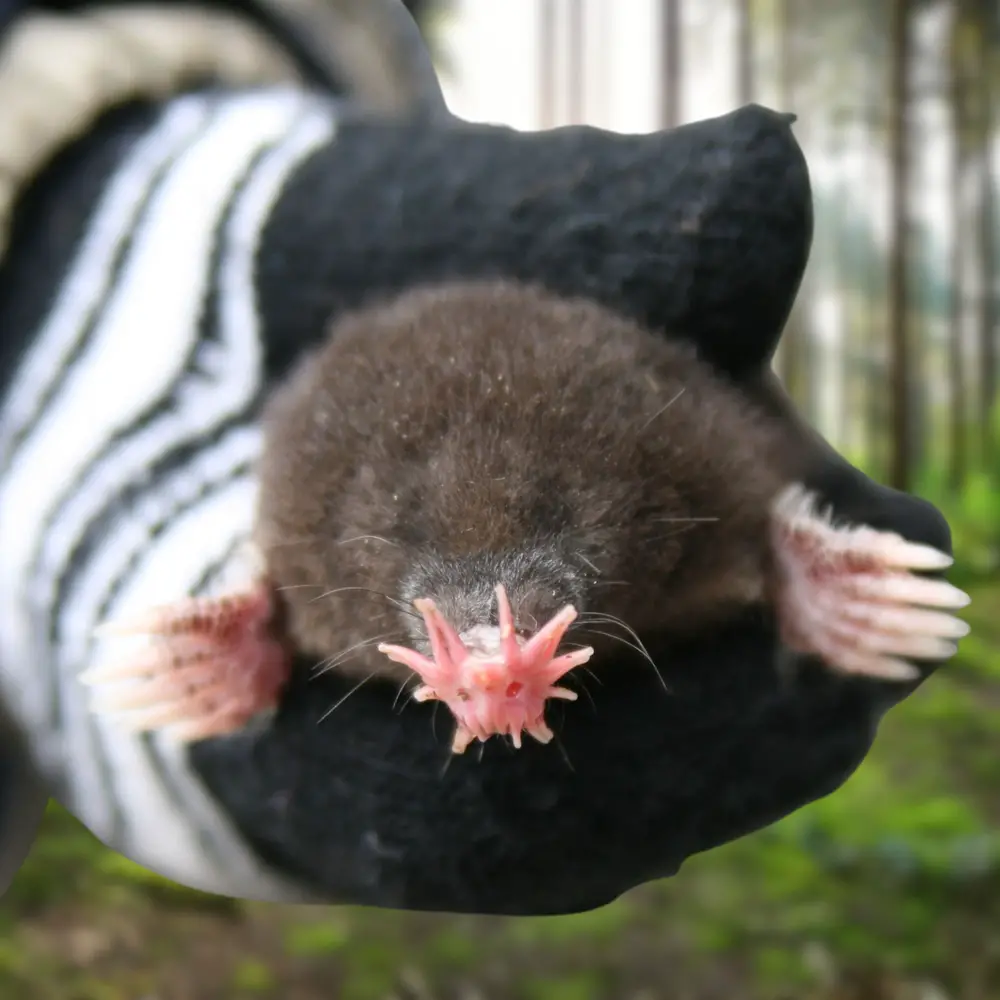
The star-nosed mole is a small mammal with a bizarre-looking snout that is its claim to fame. This snout has 22 tentacle-like appendages, each brimming with sensitive touch receptors. In fact, it’s considered the most sensitive touch organ in the animal kingdom. This adaptation allows the mole to quickly and efficiently identify objects and prey in complete darkness. The star-nosed mole can identify and consume prey in a fraction of a second, thanks to its extraordinary nose.
Living in dark, underground environments, the mole relies on touch rather than sight to navigate and hunt. Its snout’s sensory abilities are so acute that it can capture tiny prey like insects and worms with astonishing speed. This efficiency allows the star-nosed mole to thrive in its habitat, where resources may be scarce. The unique structure of its nose is a fascinating subject for scientists studying sensory evolution and adaptation. The star-nosed mole exemplifies how specialized features can enhance survival in challenging environments.
12. Chameleon Color Change
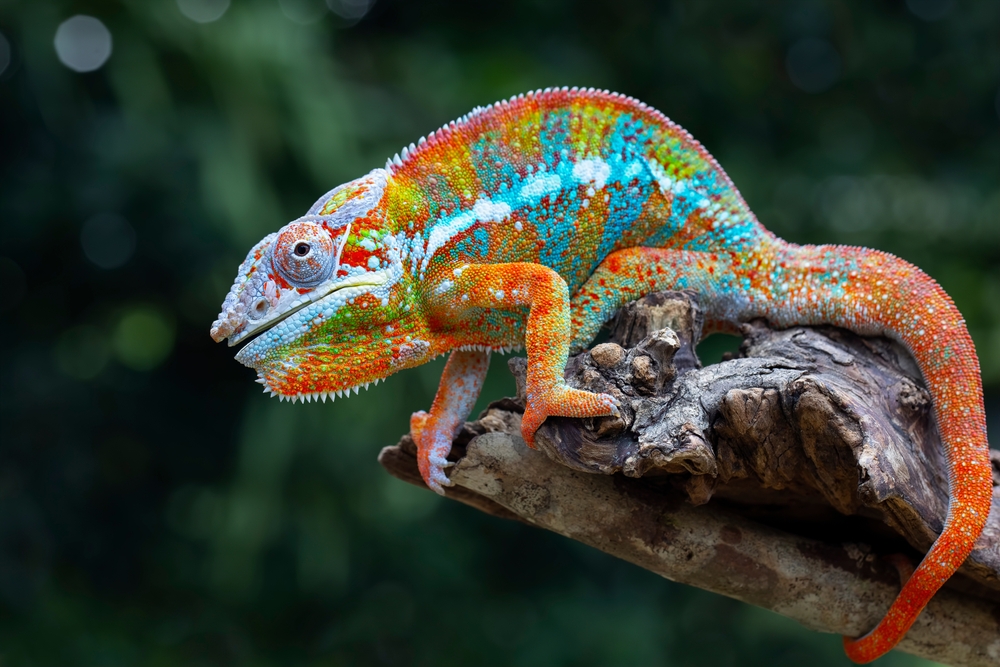
Chameleons are well-known for their ability to change color, but this talent is more complex than just blending in with their surroundings. They change colors primarily for communication and temperature regulation, as well as camouflage. Specialized cells in their skin, called chromatophores, allow them to rapidly shift between colors. The color change can indicate a chameleon’s mood, such as displaying brighter colors when agitated or during courtship. It’s a dynamic system that serves multiple purposes beyond hiding from predators.
This ability is controlled by the chameleon’s hormones and nervous system, making it a responsive and adaptive trait. Different species of chameleons have varying color-changing capabilities, suited to their specific environments and social systems. The color shifts are also influenced by light, temperature, and the chameleon’s physical condition. Studying chameleons provides insights into how animals use visual signals to interact with their environment and each other. Their vibrant displays make chameleons one of nature’s most captivating masters of disguise.
13. Archerfish Precision

Archerfish are remarkable for their ability to shoot jets of water with incredible accuracy to knock insects off branches and into the water. This unique hunting technique requires precise calculation of the prey’s distance and the angle needed to hit it. Archerfish can adjust the velocity of their water jets to compensate for the distortion caused by the water’s surface. This skill makes them exceptional hunters in their aquatic environment. The fish’s ability to hit targets with pinpoint accuracy is a testament to their specialized adaptations.
The archerfish’s shooting skill isn’t just about accuracy, but also about learning. These fish can improve their aim over time, learning from previous attempts to become more effective hunters. This flexibility in behavior demonstrates a level of problem-solving ability often not associated with fish. Their hunting strategy highlights the diverse ways animals have evolved to exploit available resources. The archerfish’s unique method of hunting is a fascinating example of the complexity and adaptability of animal behaviors.
14. Bat Echolocation

Bats are famous for their ability to navigate and hunt in the dark using echolocation. They emit high-frequency sounds that bounce off objects, allowing them to construct a mental map of their surroundings based on the echoes. This allows bats to catch flying insects with incredible precision, even in complete darkness. Echolocation is so refined that bats can distinguish between different types of prey and obstacles. It’s a sophisticated system that enables them to thrive in nocturnal environments.
The process of echolocation involves the bat’s brain processing auditory information at remarkable speeds. This ability is crucial for their survival, as it allows them to locate food and avoid obstacles while flying at high speeds. Bats also use echolocation to communicate and navigate within their colonies. Understanding how bats achieve such precise echolocation can provide insights into the evolution of sensory systems and has inspired advancements in sonar and navigation technology. Their echolocation skills make bats one of nature’s most adept night-time hunters.
15. Kangaroo Rat Water Conservation
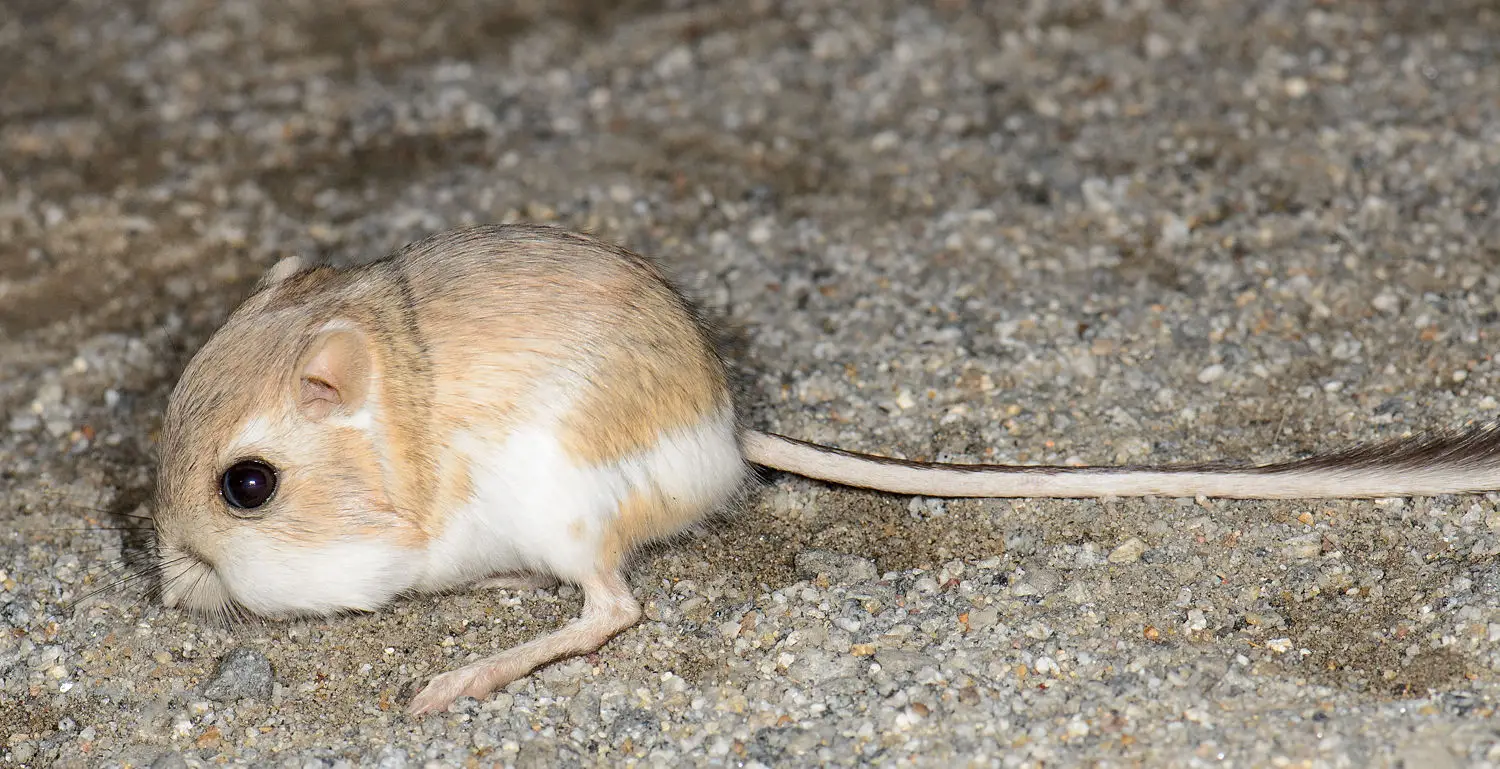
Kangaroo rats are desert dwellers with an impressive adaptation: they can survive without ever drinking water. They achieve this by obtaining all the moisture they need from the seeds they eat. Their kidneys are extremely efficient, conserving water by producing highly concentrated urine. Additionally, they have specialized nasal passages that reduce water loss when breathing. These adaptations allow kangaroo rats to thrive in arid environments where water is scarce.
Their ability to conserve water is not just about physiology but also behavior. Kangaroo rats are mostly nocturnal, foraging at night when temperatures are cooler and humidity is higher, further minimizing water loss. They store seeds in their burrows, which absorb moisture from the air, providing an additional source of hydration. These combined strategies make the kangaroo rat a master of desert survival. Their water-conserving techniques offer insights into how animals can adapt to extreme conditions and manage scarce resources effectively.
